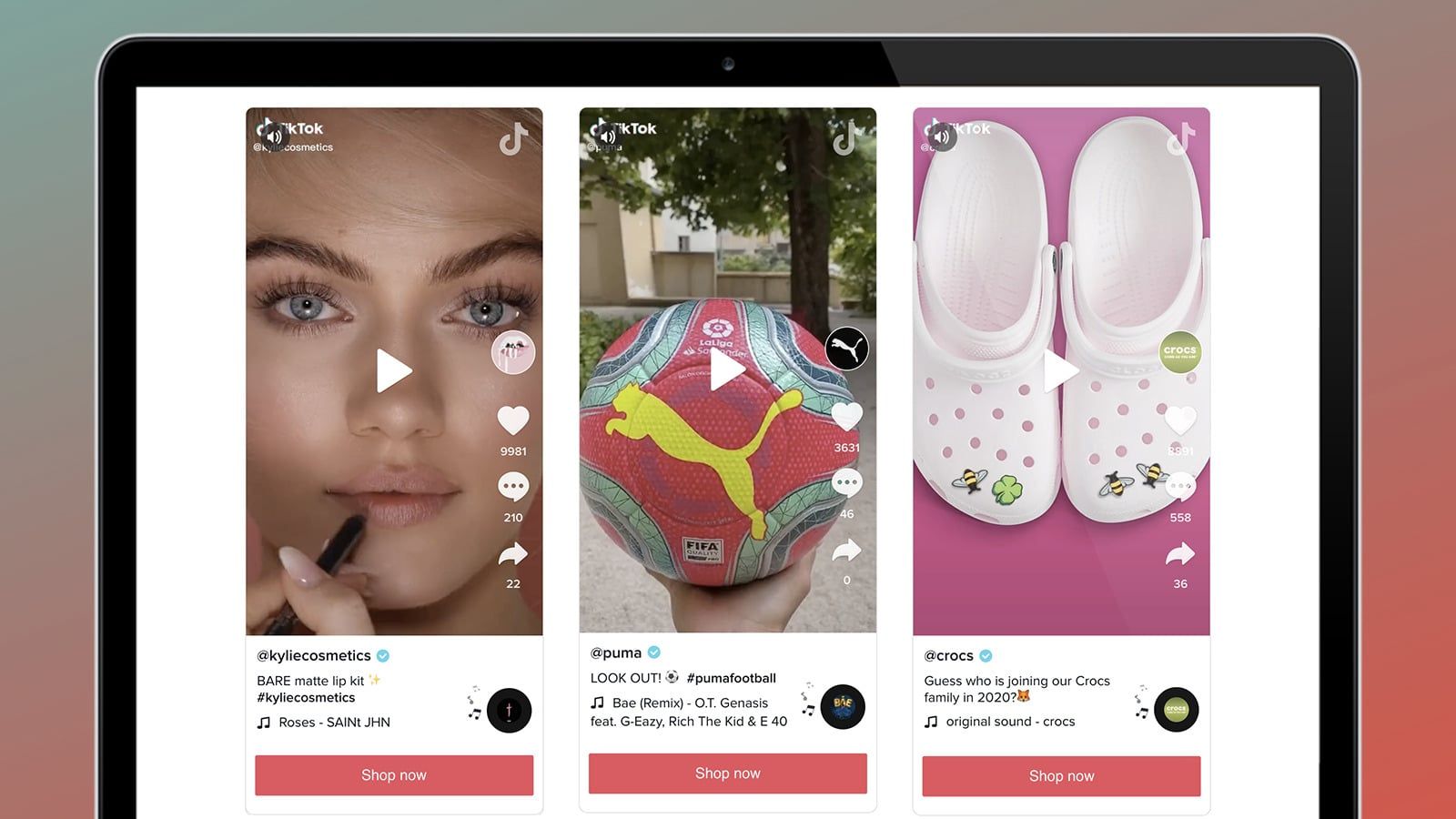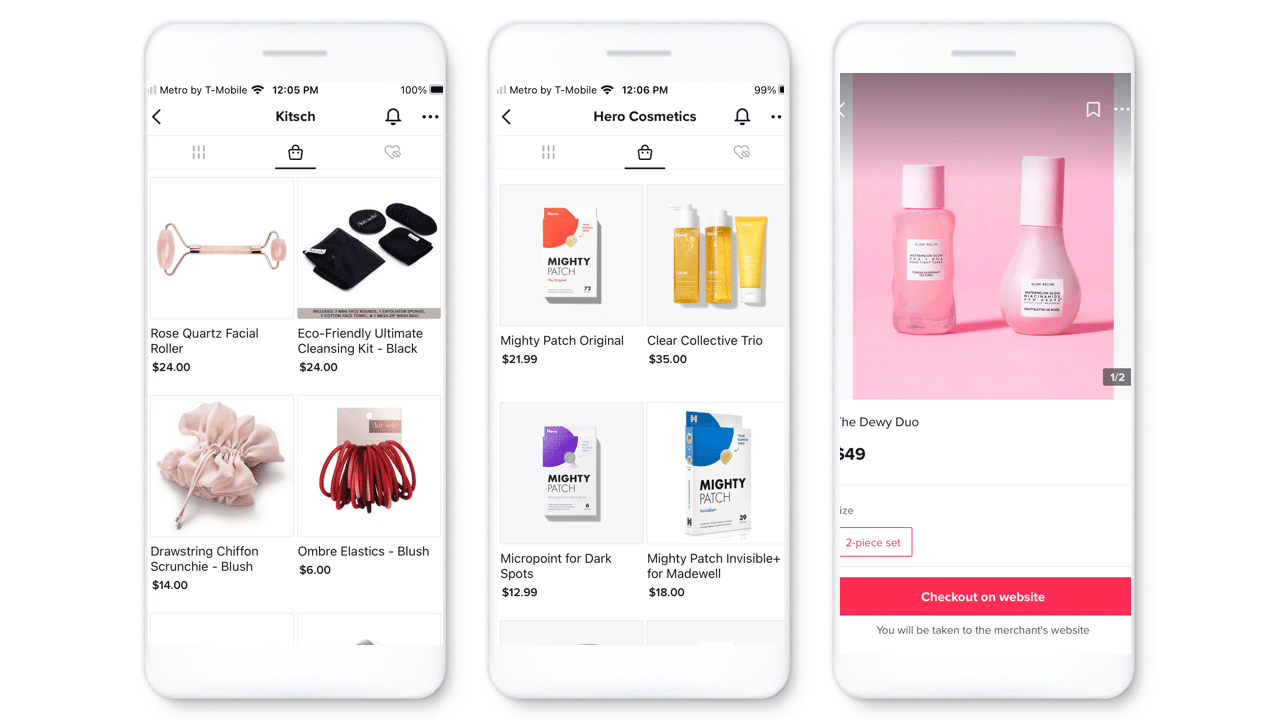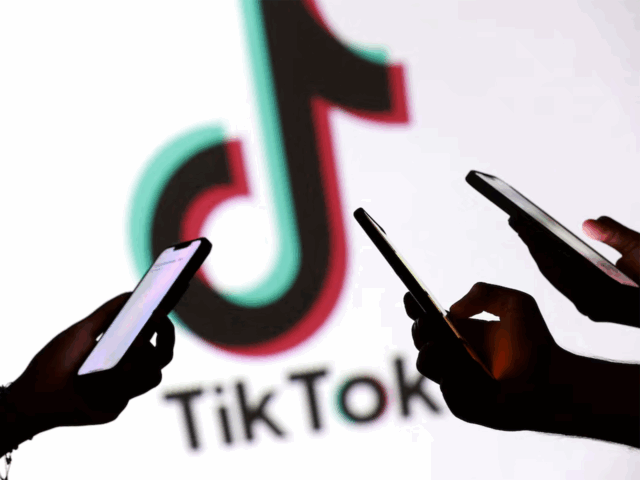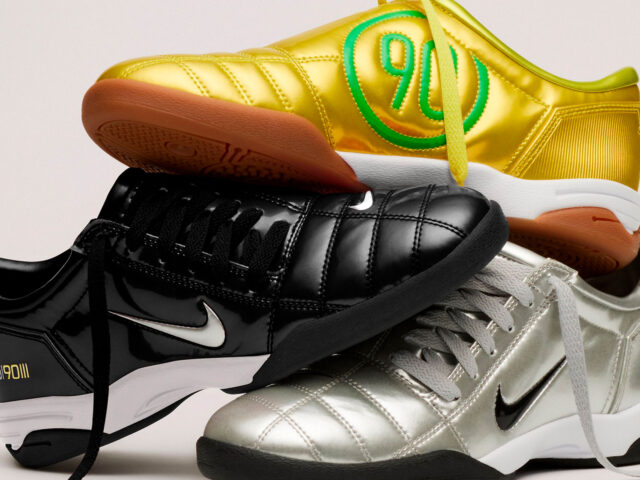According to the latest industry report from GLAMI, Europe’s leading fashion search engine that regularly analyses the industry in the CEE region and other markets, the pandemic has triggered unprecedented growth in global e-commerce and triggered new buying and selling trends that are expected to consolidate in the coming years.

These are livestream and TikTok shopping, which use video on digital platforms and social media to advertise and sell products and services live. This is usually done with the help of influencers or public figures.
Las mayores inversiones que se realizaron en el sector del comercio electrónico durante el año pasado se produjeron en la compra de productos a través de estas plataformas. Según los informes de las propias empresas, entre las mayores ventajas del livestream shopping están las altas tasas de conversión (hasta diez veces superiores a las del comercio electrónico tradicional); que las devoluciones de productos son menos frecuentes (hasta un 40% menos que en otras compras online); y que, además, son una forma eficaz de llegar a los más jóvenes, que están abiertos a formas de compra innovadoras como estas.
The largest investments made in the e-commerce sector last year were in the purchase of products through these platforms. According to the companies’ own reports, among the biggest advantages of livestream shopping are the high conversion rates (up to ten times higher than traditional e-commerce); that product returns are less frequent (up to 40% less than with other online purchases); and that they are also an effective way to reach younger shoppers, who are open to innovative ways of shopping like these.
“According to our partners across Europe, online advertising is becoming increasingly expensive, which is one of the biggest challenges for fashion e-commerce in 2022. This comes as no surprise, as Facebook advertising costs, for example, were 47% higher in Q3 2021 than in the same period in 2020, according to Emarketer. In such a dynamic and changing environment, looking at alternative ways of promoting fashion – such as using TikTok, where good organic reach can be achieved – is definitely one of our suggestions for the future. GLAMI, leading by example, has included TikTok in its social media strategy. The aim is to implement it in all the countries where we are present,” explains Xenofon Eleftheriadis, GLAMI‘s global communications director.
Platforms for livestream shopping and category sales
The first users of livestream shopping were fashion brands and beauty companies that now broadcast more and more live events, workshops or conversations hosted by influencers on a weekly basis. TV shows are also popular in North America and Europe for this type of strategy. In fact, a live show in August 2020 was watched by 14 million viewers and sold 1,300 hoodies in two minutes. In terms of social media, live broadcasts are most commonly done via YouTube, Facebook and Instagram. However, more and more companies are turning to TikTok as a way to reach a younger audience.
The product categories most frequently featured in live broadcasts are clothing and fashion, in general, with 36%. This is followed by beauty and food products (7%), consumer electronics (5%) and furniture or household products (4%).
Not only does livestream shopping offer a new channel for brands and retailers, it also offers huge value creation opportunities for digital marketplaces. This is why several of the biggest e-commerce investments last year were made in this sector: $1.5 billion video auction platform Whatnot received $150 million; video shopping site Ntwrk received $50 million; and Klarna bought a platform called Hero for about $160 million. Meanwhile, major tech players such as Instagram, TikTok, Snapchat, Facebook, Pinterest, YouTube and Amazon are also investing heavily in livestream shopping.
Sigue toda la información de HIGHXTAR desde Facebook, Twitter o Instagram
You may also like...






